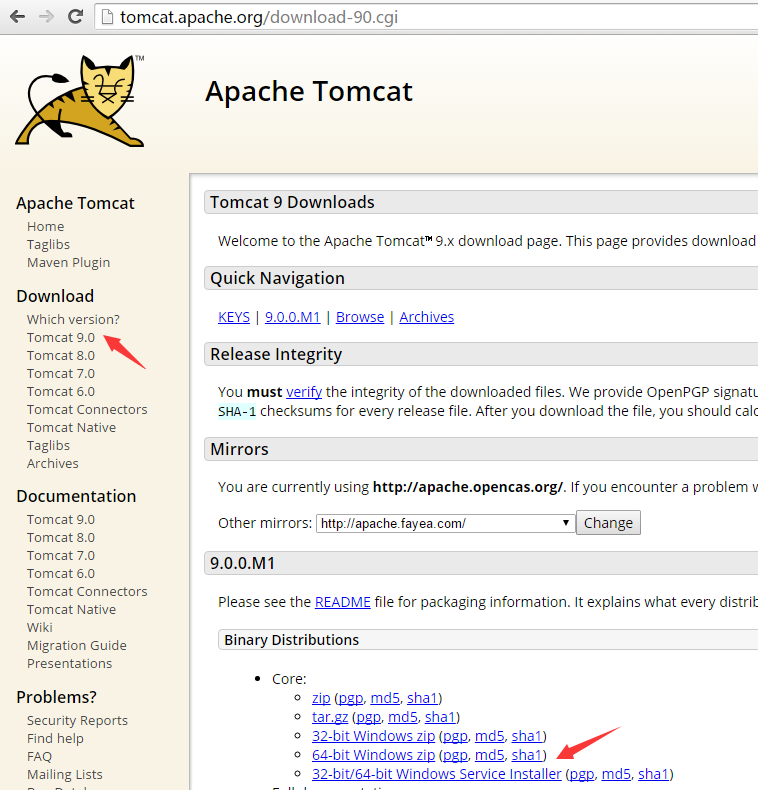Python中的None和空(“SyntaxError: Missing parentheses in call to 'print'”)
“SyntaxError: Missing parentheses in call to ‘print’”
先看一个错误:
>>> a = 1>>> print aFile "<stdin>", line 1print a^SyntaxError: Missing parentheses in call to 'print'>>> print(a)1
这是什么鬼?
这是Python2和Python3的区别,在Python3中,不能使用print a,需要加括号。
进入正题!
\ None和空**
Note that the PyTypeObject for None is not directly exposed in the Python/C API. Since None is a singleton, testing for object identity (using == in C) is sufficient. There is no PyNone_Check() function for the same reason.
首先需要明确,Python中没有Null NULL nullptr这样的关键字:
>>> NullTraceback (most recent call last):File "<stdin>", line 1, in <module>NameError: name 'Null' is not defined>>> NULLTraceback (most recent call last):File "<stdin>", line 1, in <module>NameError: name 'NULL' is not defined>>> nullptrTraceback (most recent call last):File "<stdin>", line 1, in <module>NameError: name 'nullptr' is not defined
所以接下来要隆重介绍一下None
None和False不同:
>>> None == FalseFalse
None不是0:
>>> None == 0False
None不是空字符串:
>>> None == '' False
None和任何其他的数据类型比较永远返回False:
>>> None == 1False>>> None == 1.2False
None有自己的数据类型NoneType:
>>> type(None)<class 'NoneType'>
Python’s None is Object-Orientated
None是使用is还是==
null_variable = Nonenot_null_variable = 'Hello There!'# The is keywordif null_variable is None:print('null_variable is None')else:print('null_variable is not None')if not_null_variable is None:print('not_null_variable is None')else:print('not_null_variable is not None')# The == operatorif null_variable == None:print('null_variable is None')else:print('null_variable is not None')if not_null_variable == None:print('not_null_variable is None')else:print('not_null_variable is not None')
输出:
null_variable is Nonenot_null_variable is not Nonenull_variable is Nonenot_null_variable is not None
特俗情况,类中:
class MyClass:def __eq__(self, my_object):# We won't bother checking if my_object is actually equal# to this class, we'll lie and return True. This may occur# when there is a bug in the comparison class.return Truemy_class = MyClass()if my_class is None:print('my_class is None, using the is keyword')else:print('my_class is not None, using the is keyword')if my_class == None:print('my_class is None, using the == syntax')else:print('my_class is not None, using the == syntax')
输出:
my_class is not None, using the is keywordmy_class is None, using the == syntax


































还没有评论,来说两句吧...